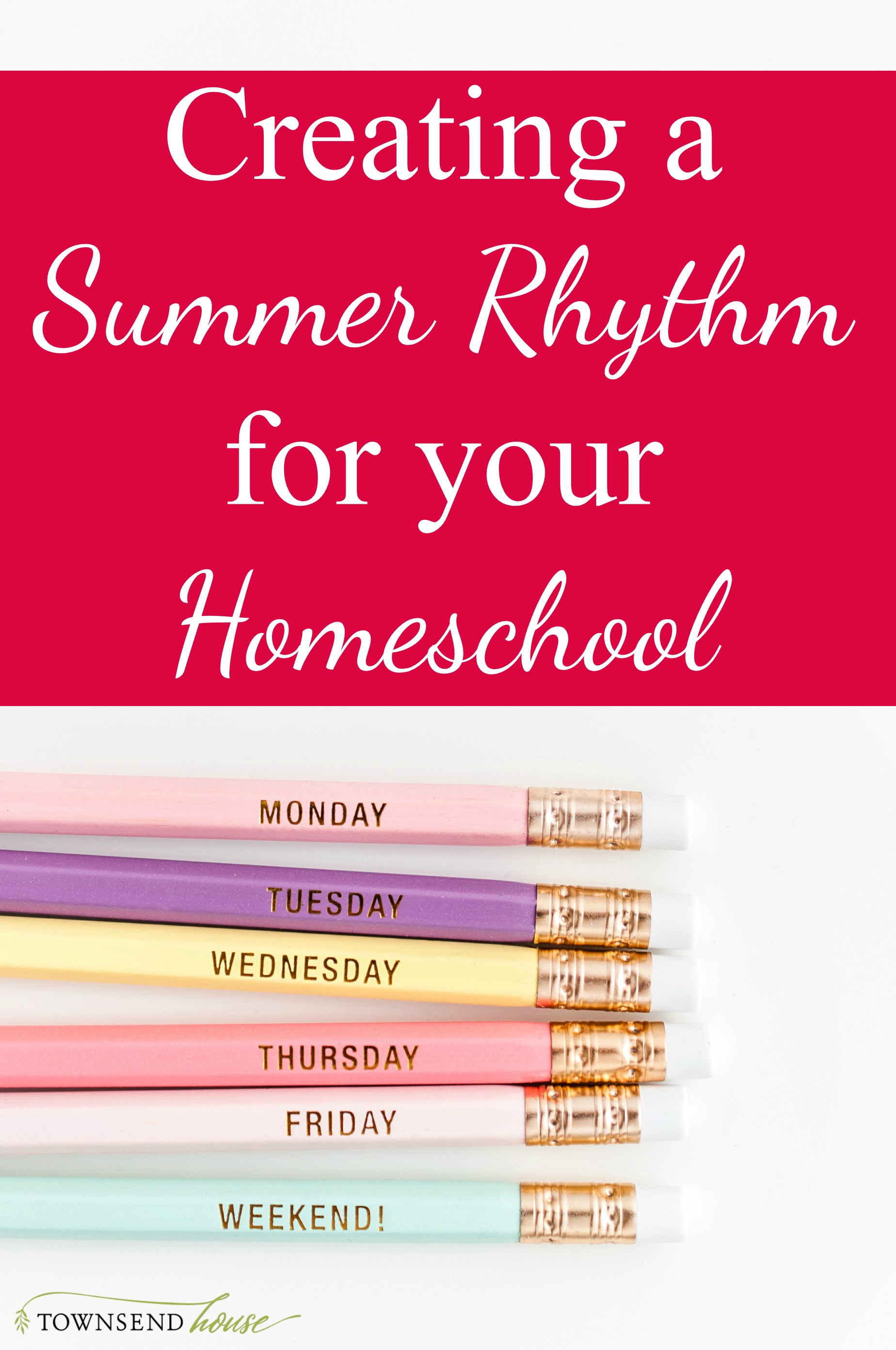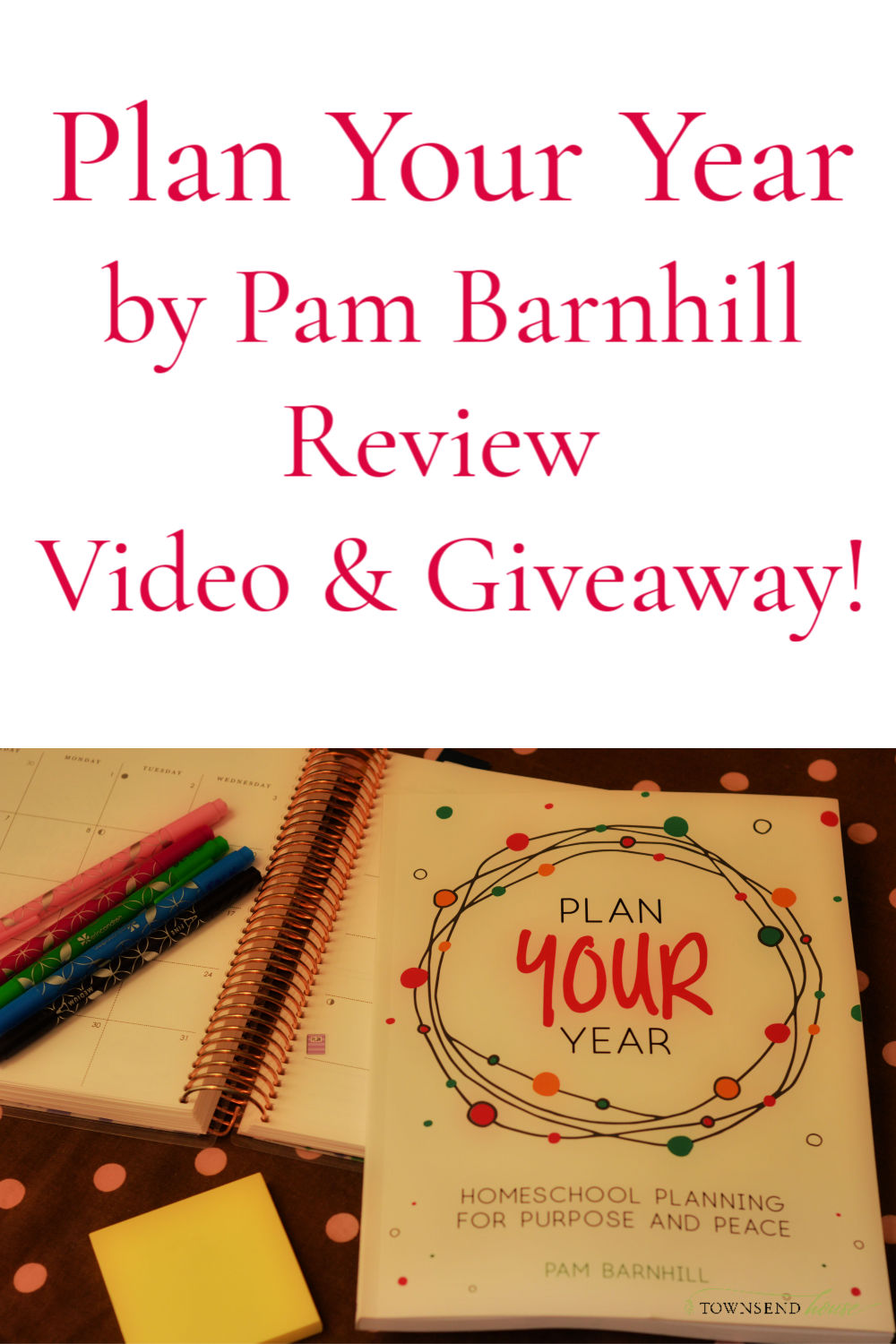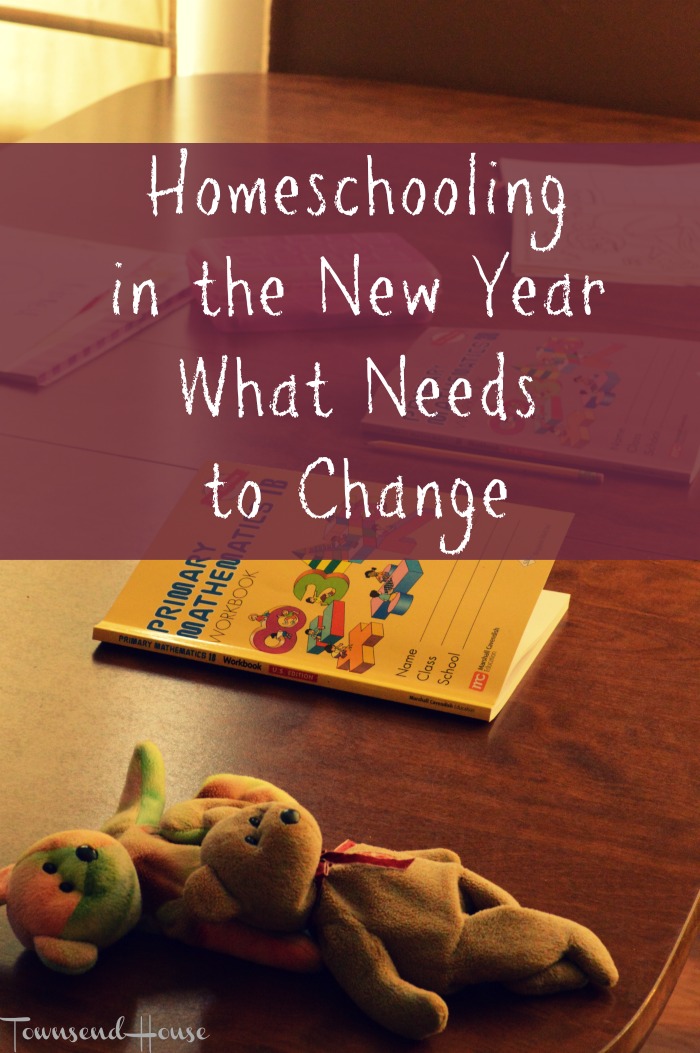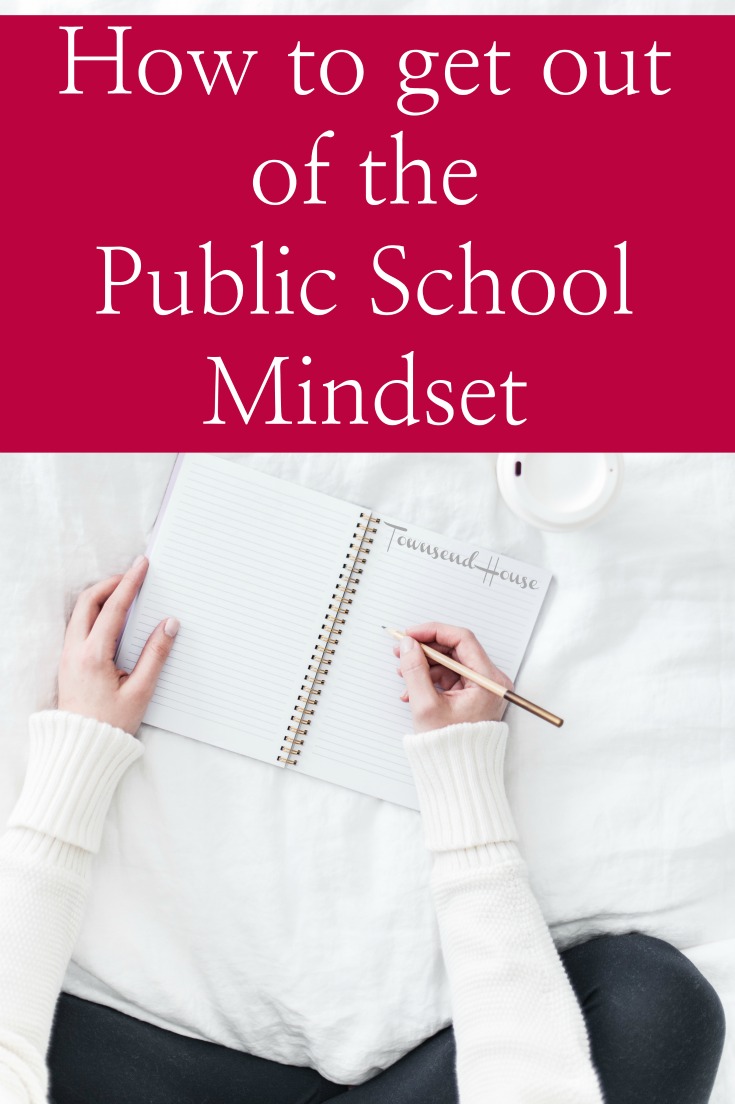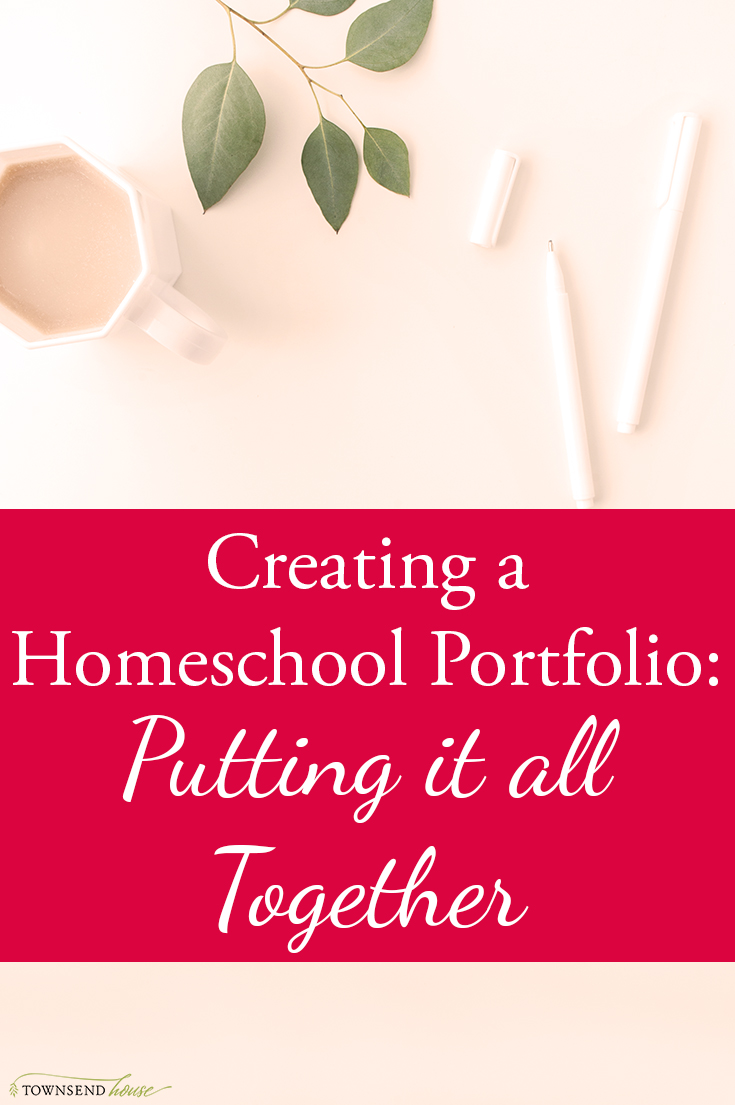Creating a Summer Rhythm for your Homeschool
Often when you tell someone that you homeschool all year long, they get a look of panic in their eyes! How can you possibly school through the summer? To which we say, how can you not?! Creating a summer rhythm is the key to this year round homeschooling philosophy. Today I will take you through the steps you need to create a summer rhythm for your homeschool.
First off, when you commit to a year round schedule, that does not mean that you have to “do school” all day, every day, throughout the entire calendar year. Instead, what that means, is that you are free to choose when to take your breaks, rather than saving them up for 2 months off in the summer.
When you take time to layout your entire homeschool year, then you will see the breaks and the areas where you will be able to rest.
A large number of states require a specific number of days each school year, but most of these states do not require these days between September and May. Instead, you can look at a school year as July-June (check the laws for your own state). Between the months of July and June you must “do school” for 175-180 days.
When you look at that in a full calendar year, it isn’t as overwhelming to think about getting all of those days in. In fact, it is quite easy for us to hit 175 days of school each year (which is what Maine requires).
By utilizing the summer months, you are able to easily add those days to your overall total. This comes in handy when the weather is beautiful in the fall and you want to take a day off. Or if you decide to take a long homeschool break during December.
The Case for a Summer Rhythm
Oftentimes, when we hear “summer school” it brings back horrible memories of the kids (or even ourselves) who had trouble during the school year and were then required to make up those classes during the summer. Not an ideal summer rhythm, to be sure. But, not all learning has to be boring or tedious. In fact, just the opposite is the case.
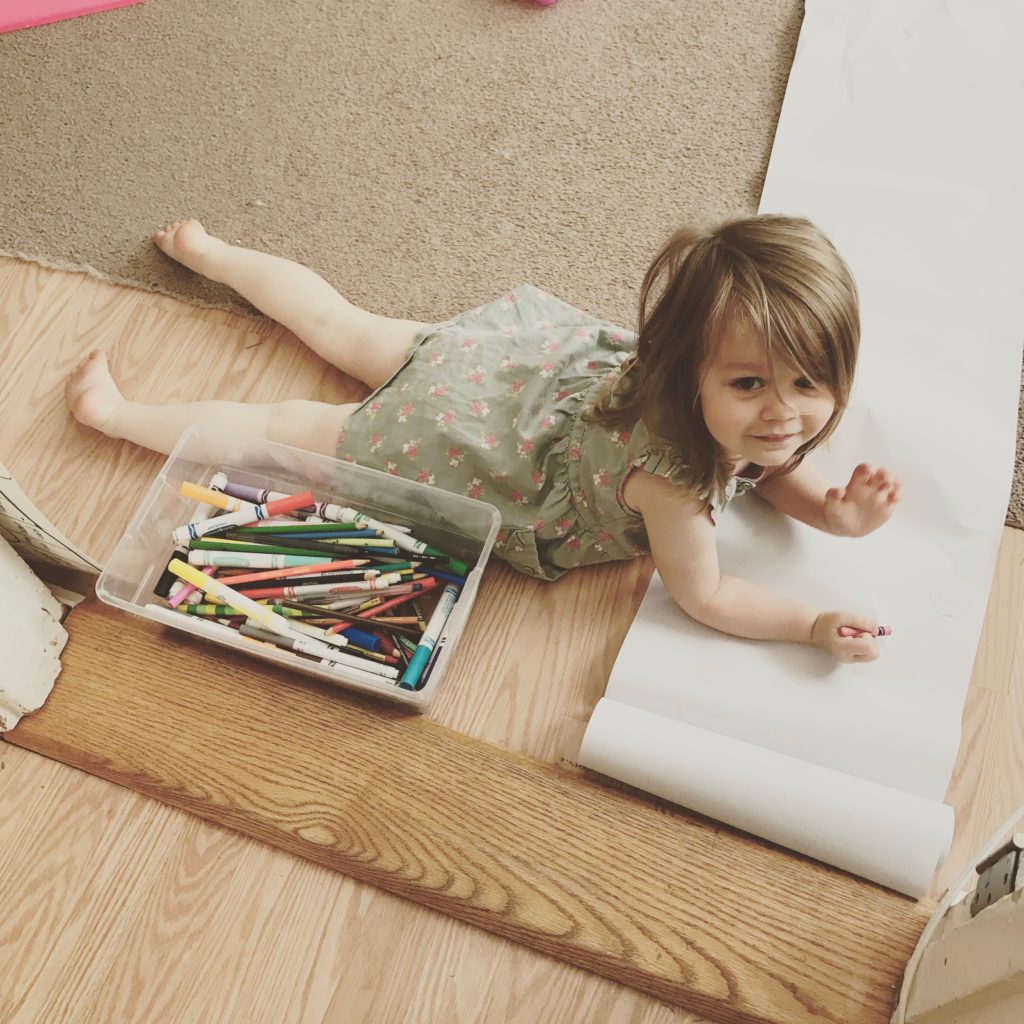
This post includes affiliate links. If you click on one of these links and make a subsequent purchase I may receive a commission. Read Disclosure.
Creating a summer rhythm, or a summer learning strategy, is a way to engage our kids on a different level than the rest of the school year. It allows you to fill in gaps from the previous year, or take time going into a deep dive of a new topic. It also will help keep your kids’ minds ready for the new school year.
In the summer kids have a habit of forgetting a lot of what they were taught in the previous year. This means that teachers (or parents) will need to fill in the gaps at the beginning of the new school year. When you incorporate what the student has learned into the summer rhythm, that review becomes less needed than in a traditional September-June school year.
What does a summer rhythm look like?
Even if you are doing school in the summer, it does not mean that you are not having fun.
When I plan our summer rhythm I will look at all the areas of learning for my kids. If there is something that I see my kids struggling with, I will want to include some activities in our summer rhythm. But, I also like to follow their interests.
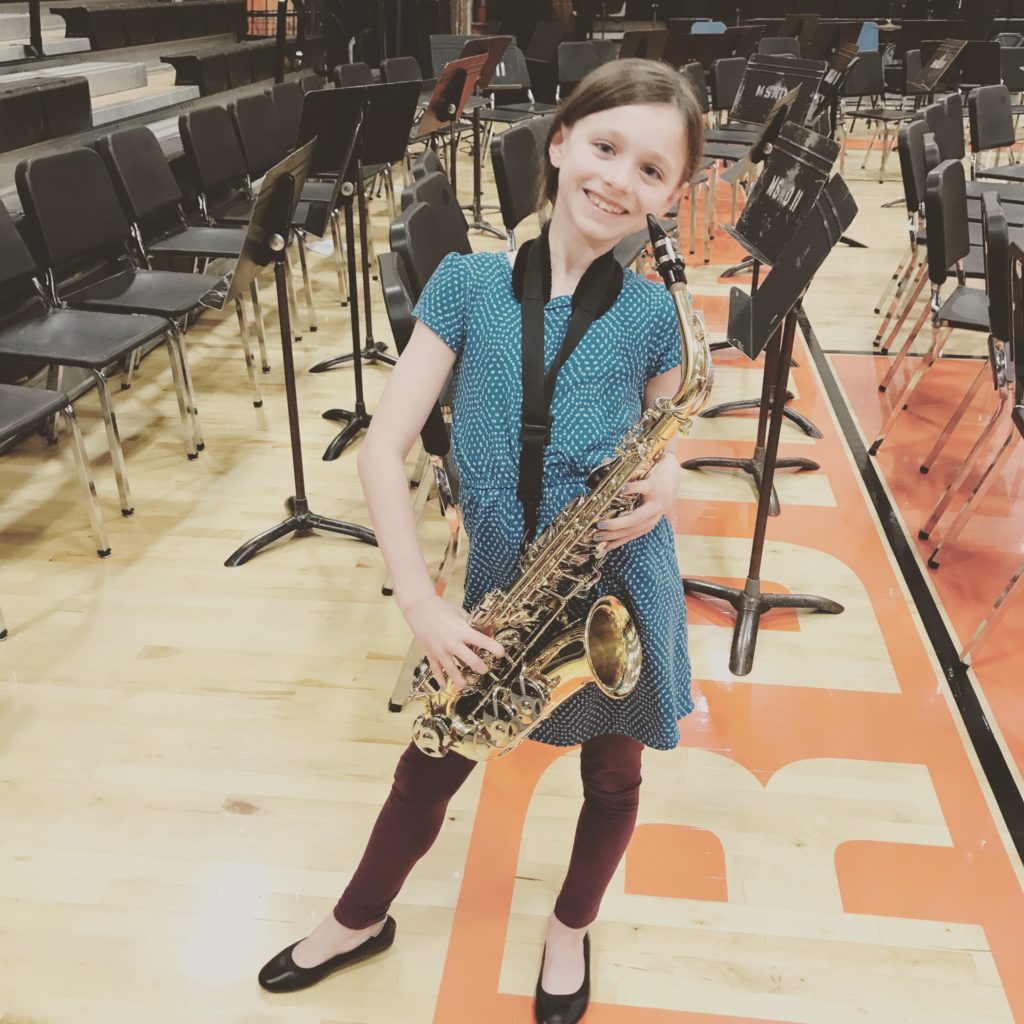
The summer rhythm is not textbook and desk learning. Although it certainly can be! It is more about interest-led learning, and filling in some of the cracks that you may have missed during the traditional school year. It does not require you to teach every single subject. In fact, it is a great time to concentrate on just one subject.
We tend to do an intensive science summer. The weather is beautiful! Messy experiments can happen outside! There is plenty of nature to explore. It works for our family.
What counts as learning?
The first step in planning your summer rhythm is to recognize what constitutes learning. When people think about education and learning, they often think of sitting at a desk with a teacher giving a lecture. While this is a certain type of teaching, it isn’t the only way to teach, or the only way that your child can learn. The summer is an amazing time for field trips, for science experiments, for reading amazing books that aren’t “required.”
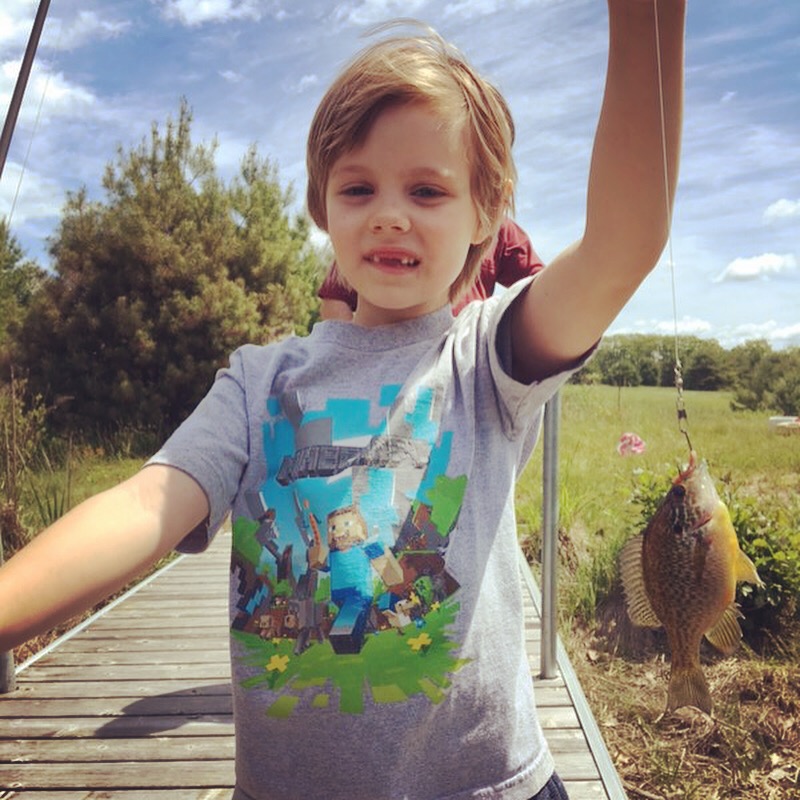
You need to allow that not all learning is the traditional school model.
That takes some getting used to, though, doesn’t it, to get out of that public school mindset? It is OK to think outside the box, especially if it is engaging for your child.
Choosing the subjects you want to concentrate on
Now that you know learning can really be translated any way you want, you need to figure out where you want to concentrate your time.
Writing out goals for what you would like to accomplish, or habits you want your children to work on is a great place to start.
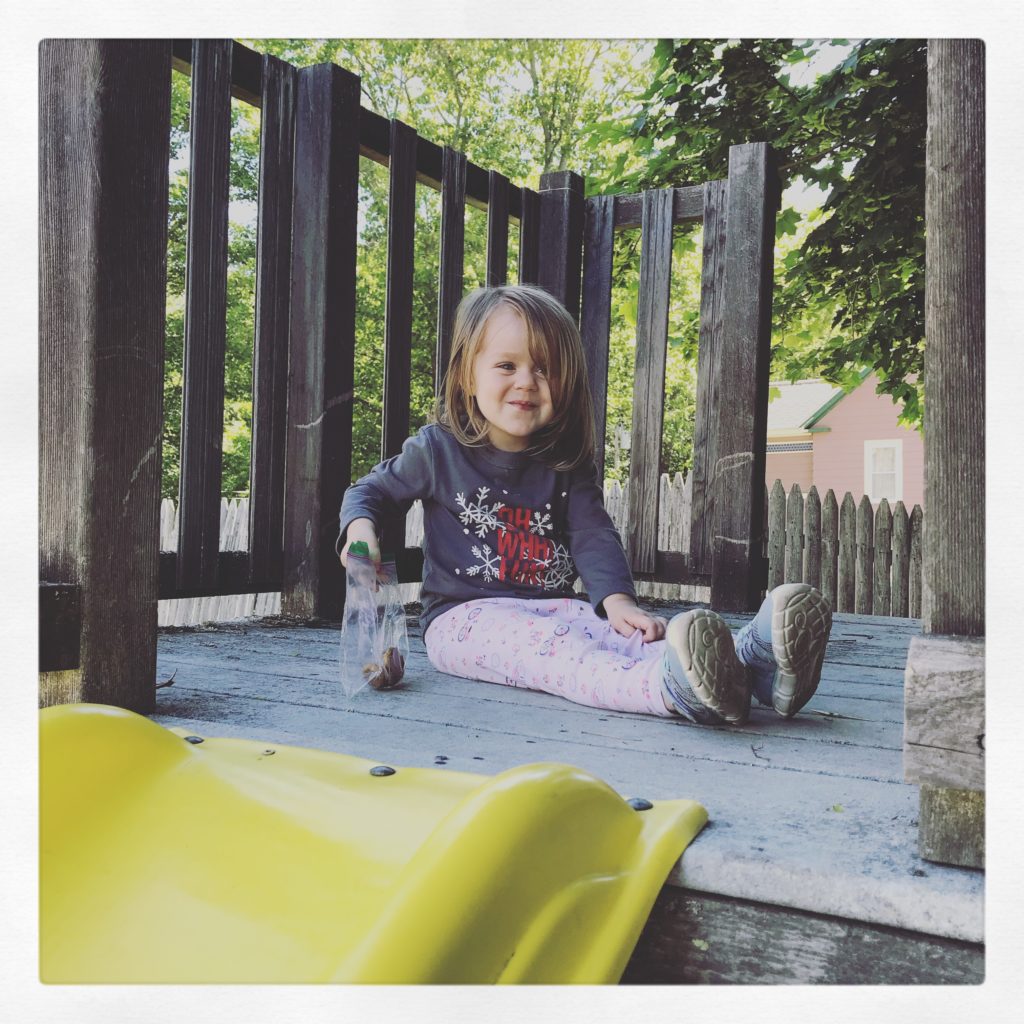
We have always done an intensive science summer. This year, we aren’t going to be starting our science curriculum until later in the summer. Instead we are focusing on writing and spelling. The writing my kids love, the spelling needs some improvement. We want to do more nature studies. We will be doing a summer reading challenge. I also will continue our read alouds, which I do pretty much every day regardless of whether or not we are “in school.”
Finally, my kids chose a business math course that they wanted to do. This was not something I was planning at all. In fact, I tend to take a couple weeks off and then do math facts for a few weeks, then go to the next level in their curriculum. However, they heard about a business math course, and wanted to do it. So, we are working through that right now. We won’t finish it, but it will give them a basic understanding of how to set up a business and what is involved month to month.
Questions to ask yourself:
What are some areas you would like to focus on with your kids?
Is there a specific subject they are struggling with?
Is there a project that would be fun to work on?
Has your student been asking a lot of questions about something specific?
How do you fit learning into a summer rhythm?
After you have decided on where you want to concentrate your time, you will look at your summer calendar. You are not going to focus on education every single day of the summer.
You may decide to only focus on learning a couple days each week. Or if you love to travel as a family on the weekend maybe a lot of field trips are in order. Or perhaps you, like me, have kids that like to be inside during the hottest part of the day, so you concentrate your learning time for a few hours in the afternoons.
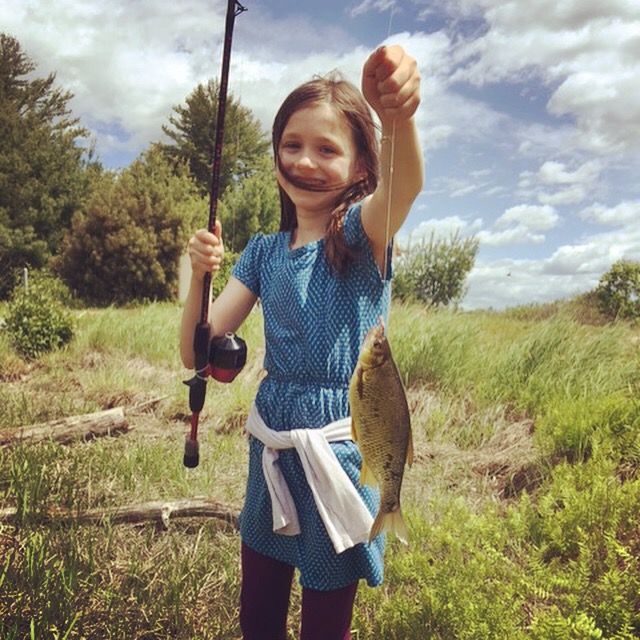
When you decide to create a summer rhythm, it does not mean that you throw out all the summer fun. Show them that learning and fun are not mutually exclusive. It is possible to be learning while having fun, and have fun while learning. I know, hard to believe, especially when you are a kid, but it is true!
Learning vs. Just having fun
I am a firm believer in the fact that every day is a new day for learning. You will be hard pressed to not learn something on any given day, and because of that I believe that we should embrace every day for learning. There are some people that want to walk away from the “learning” part of summer fun. They want to just do summer.
I get that, I understand not wanting to set up a bunch of activities to go with a trip to the beach, or trying to figure out every avenue of learning when you are out on a hike in the woods.
When you look at these activities as learning activities, you may feel pressure to make them fit into a box. They don’t have to though. You can take a hike in the woods, and easily look at nature around you, your kids can look at the birds in the trees, the different plants and other animals you encounter – it is still learning. You don’t need to write up a report at the end, but it is still learning.
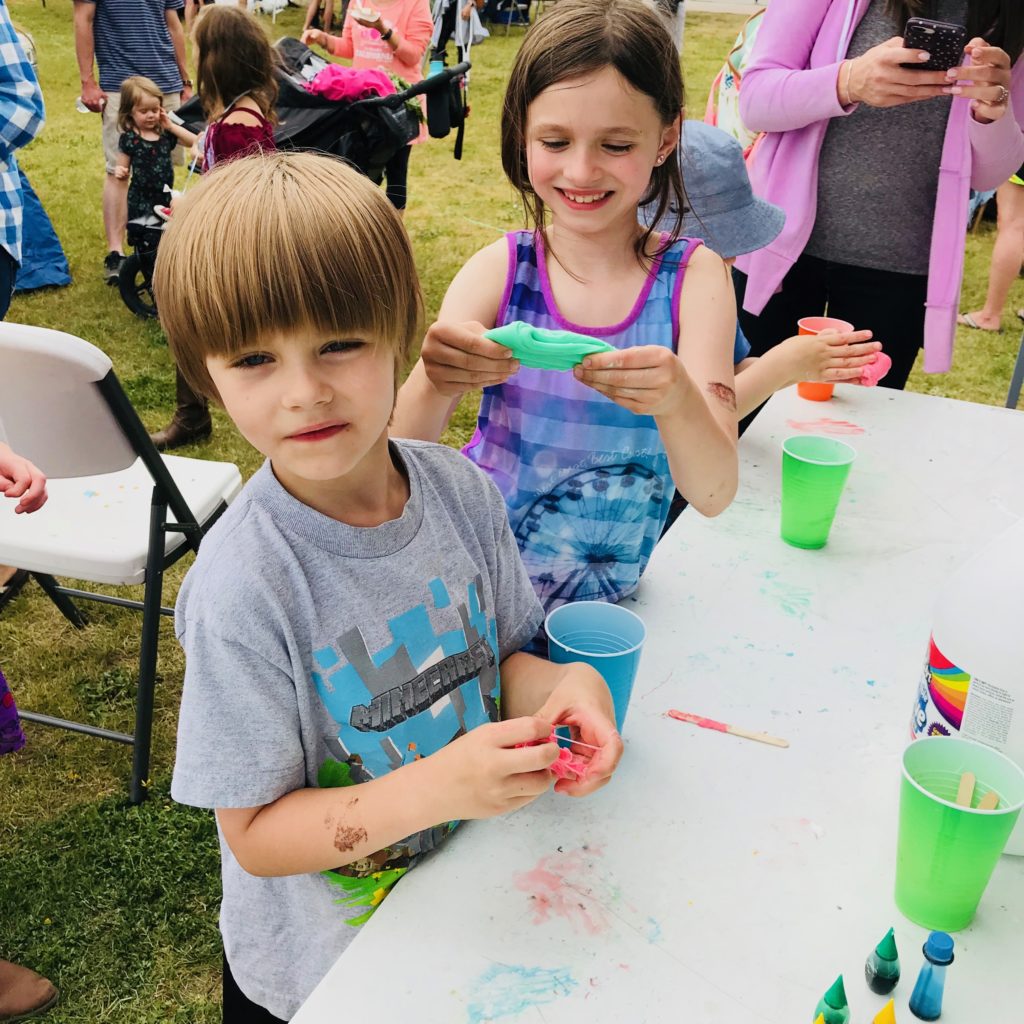
Instead of the report you will talk with your child, find out what they saw, their observations, and make some of your own. It should be natural, because learning is natural. It doesn’t mean you need to do anything more than experience and discuss.
Having the ability to turn any experience into a learning opportunity is a benefit of homeschooling. I can guarantee your kids are curious when they are going on that hike. They are picking up all manner of objects and plants on the ground, asking you questions. You may not want to turn every experience into a learning opportunity, but your kids will naturally.
Creating Structure throughout the Summer
The reason this is called a summer rhythm instead of a summer schedule is because there needs to be flexibility. That is one of the largest benefits to homeschooling after all. You do not need to “do school” every day. You instead want to look for the rhythms that feel natural for your family.

In our home that looks like breakfast, morning chores, playing outside until lunchtime. Then the kids come inside, we eat lunch, we read stories, we have quiet time where the kids are able to do some writing, or some math, or reading, then they have some screen time, and then they are back outside. We follow the same pattern every day, and they expect it. Another added benefit is that it cuts down on the bickering.
Kids thrive on rhythms and routines
You can let go of the formal school thinking. Formal school is not the only way to work through school. There are so many interests that your kids have. Follow those. Plug in a few holes with specific learning if you need to, but don’t feel the need to do that either.
This will be our first year doing spelling lessons throughout the summer. It isn’t all that exciting, but it is only 10 minutes a day, and then they are done.
Talk to your children and find out what they want to learn, what they are interested in. And then work that into your days. Maybe it is a book that you read to them while they build sand castles at the beach. Maybe it is spelling lessons, or maybe it is messy science experiments in your driveway. Whatever the case embrace those learning activities, and have fun while doing it!
Putting it all together
Once you map out the small things you want to do on a daily basis, figure out where you want to place them throughout the day. My kids love checklists, so I make them checklists, laminate them, and then put them in their school binders. They know that they can have screen time after they have done a certain list of activities at a specific time of day.
If your kids thrive with checklists, make one like I have for my kids!
Enjoy the beautiful summer days now, while also embracing the learning that you can do, and then take a little extra time off during the crazy days of Christmas!
What does your summer usually look like? What are the learning opportunities that you can embrace?
